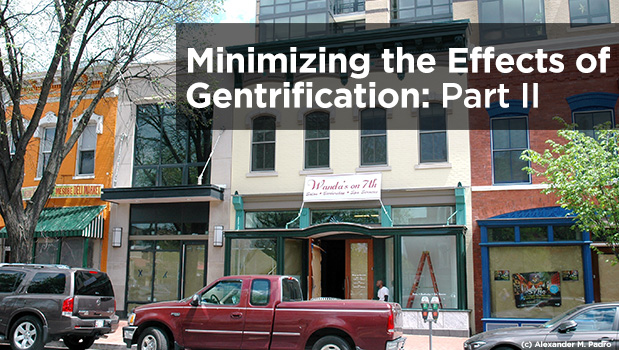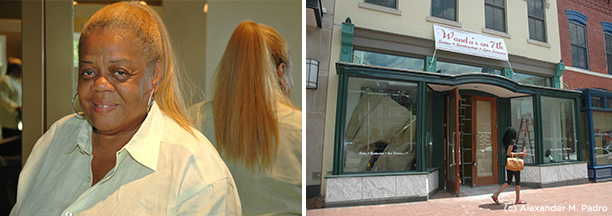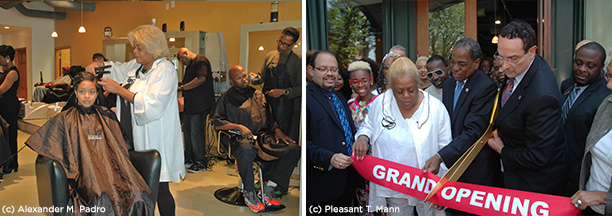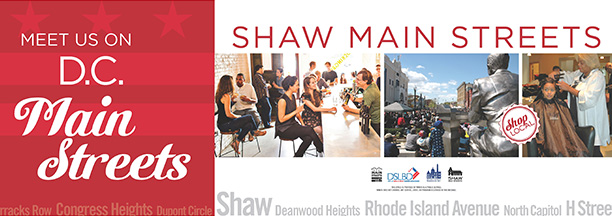Announcing the 2025 Science Discovery on Main Street Implementation Grantees
Meet the seven grantees of the 2025 Science Discovery on Main Street Implementation Grants!

Marion, Iowa © Tasha Sams
We work in collaboration with thousands of local partners and grassroots leaders across the nation who share our commitment to advancing shared prosperity, creating resilient economies, and improving quality of life.

Emporia, Kansas © Emporia Main Street
Made up of small towns, mid-sized communities, and urban commercial districts, the thousands of organizations, individuals, volunteers, and local leaders that make up Main Street America™ represent the broad diversity that makes this country so unique.

Chicago, Illinois © Main Street America
Looking for strategies and tools to support you in your work? Delve into the Main Street Resource Center and explore a wide range of resources including our extensive Knowledge Hub, professional development opportunities, field service offerings, advocacy support, and more!

Waterloo, Iowa © Main Street Waterloo
Your one-stop-shop for all the latest stories, news, events, and opportunities – including grants and funding programs – across Main Street.

Kendall Whittier — Tulsa, Oklahoma © Kendall Whittier Main Street
Join us in our work to advance shared prosperity, create strong economies, and improve quality of life in downtowns and neighborhood commercial districts.

Part I discussed nine factors and tools that helped minimize displacement of low and moderate income African American residents in the neighborhood served by Shaw Main Streets in Washington, D.C.
There has not been the type of widespread displacement of low and moderate income people of color during Shaw’s revitalization that has been seen in other neighborhoods and cities. Significant efforts on the part of elected officials, nonprofits, and others, and nine factors and tools—empty lots for new projects, affordability requirements on public land, planned unit developments, tenant protection laws, property tax caps, housing vouchers, historic district designation, and the commitment of nonprofit and faith-based property owners to stay in the neighborhood—made this possible.
There has, however, been a decrease in the percentage of the neighborhood’s overall African American population. In 1990, parts of the neighborhood had over 65% African American residents. These same areas dropped to just over 51% in the 2010 census, paralleling the city’s overall change in demographics. This has primarily been due to an increase in total population resulting from an influx of residents moving into new apartment buildings and condominiums, and new owners of single family homes sold by longtime African American owners who took advantage of once-in-a-lifetime wealth creation opportunities; homes originally purchased for less than $25,000 were sold unrenovated for $500,000. At the same time, residents of rooming houses were displaced when the houses they lived in were sold for conversion into single family homes or multi-family condos.
Gentrification doesn’t only affect housing. Business owners in commercial districts in the midst of transformation often struggle to stay in place as rents increase dramatically. Property owners all too often decide to charge more for rent than the current tenants have been paying, or can afford.
If at all possible, business owners should buy a building—either one they already occupy or one they can move into—before revitalization begins. Building ownership allows business owners to control one of their biggest costs—rent. Further, should a business not prove sustainable in the long run, its owners have a major asset that they can lease to another business, or sell. In Shaw, several longtime business owners ultimately sold their real estate to a major developer for a large profit; one family received $15 million for their properties.
There can be opportunities to mitigate the impact of substantial rent increases on existing businesses when buildings are constructed on public land, or as part of planned unit developments, with below market rents. Below market rents are just that—rent that is offered at a price below the going market rate in the area.

Wanda Henderson, owner of Wanda’s on 7th, was able to return after construction to an upgraded retail space instead of being displaced by new development; Wanda’s on 7th under construction. Photos by Alexander M. Padro, Courtesy Shaw Main Streets
In 2003, Wanda’s Hair Studio, owned by Wanda Henderson, was displaced from retail space just outside Shaw Main Streets’ service area. At that time, Henderson chose to move the salon into a storefront in Shaw at 1851 7th Street, NW, because of its proximity to Howard University campus’ 10,000 students and faculty, as well as to the Metro subway station entrance also located on the block. In 2010, Henderson’s landlord advised her that he was planning to sell his building to a developer to incorporate into a large mixed use project. Henderson, who is African American, explored the opportunity of purchasing the building using a Small Business Administration (SBA) 504 loan, which provides financing at below market rates, but ultimately decided not to move forward. However, since part of the proposed development was to be built on land owned by the District of Columbia, a provision for the inclusion of below market rate retail space for neighborhood businesses was included in the deal awarding the developer the rights to the property.
With legal and technical assistance, Henderson was able to become the only business on the block prior to construction of the new project to return once it was completed. The developer agreed to provide financial assistance for Henderson to temporarily relocate her business to a space nearby during construction, including building out and furnishing the temporary space. They also provided tenant improvement credit that assisted with the cost of building out her space in the new development. Henderson’s business also qualified for a small business capital improvement grant from the District of Columbia, providing an additional $85,000 for her build-out costs, and a $5,000 marketing grant from Shaw Main Streets to help leverage the city funding. What’s more, Henderson received below market rate rent for the first five years of her new lease for the salon.
Renamed Wanda’s on 7th, Henderson’s salon and barber shop opened in 2014 in a larger, more efficient space. The salon now offers a wider array of services for the expanded customer base that has resulted from new offices and new residences in the neighborhood where Henderson has lived and worked all her 59 years. And Henderson and her business were featured in a citywide transit advertising campaign highlighting Shaw businesses.

Wanda’s on 7th’s new space, on the site of the previous salon. Photo by Alexander M. Padro, Courtesy Shaw Main Streets
Washington, D. C. Mayor Vincent C. Gray cut the ribbon for Wanda Henderson’s new salon in June 2014. Photo by Pleasant P. Mann, Courtesy Shaw Main Streets
Not all of the factors that allowed Shaw Main Streets to spearhead the commercial revitalization and historic preservation efforts resulting in the neighborhood’s remarkable renaissance without the displacement that often accompanies gentrification are present in other urban environments poised for transition. But some of the same tools used in Shaw can be applied elsewhere to reduce the adverse impact of revitalization on economically vulnerable populations. Just like a diversity of businesses helps create a more vibrant business district, economic, ethnic, and cultural diversity are important assets that help to create a healthy and vibrant community. This diversity can be maintained when Main Street organizations make a commitment to preserving their diverse populations as they transform underperforming historic business corridors.
